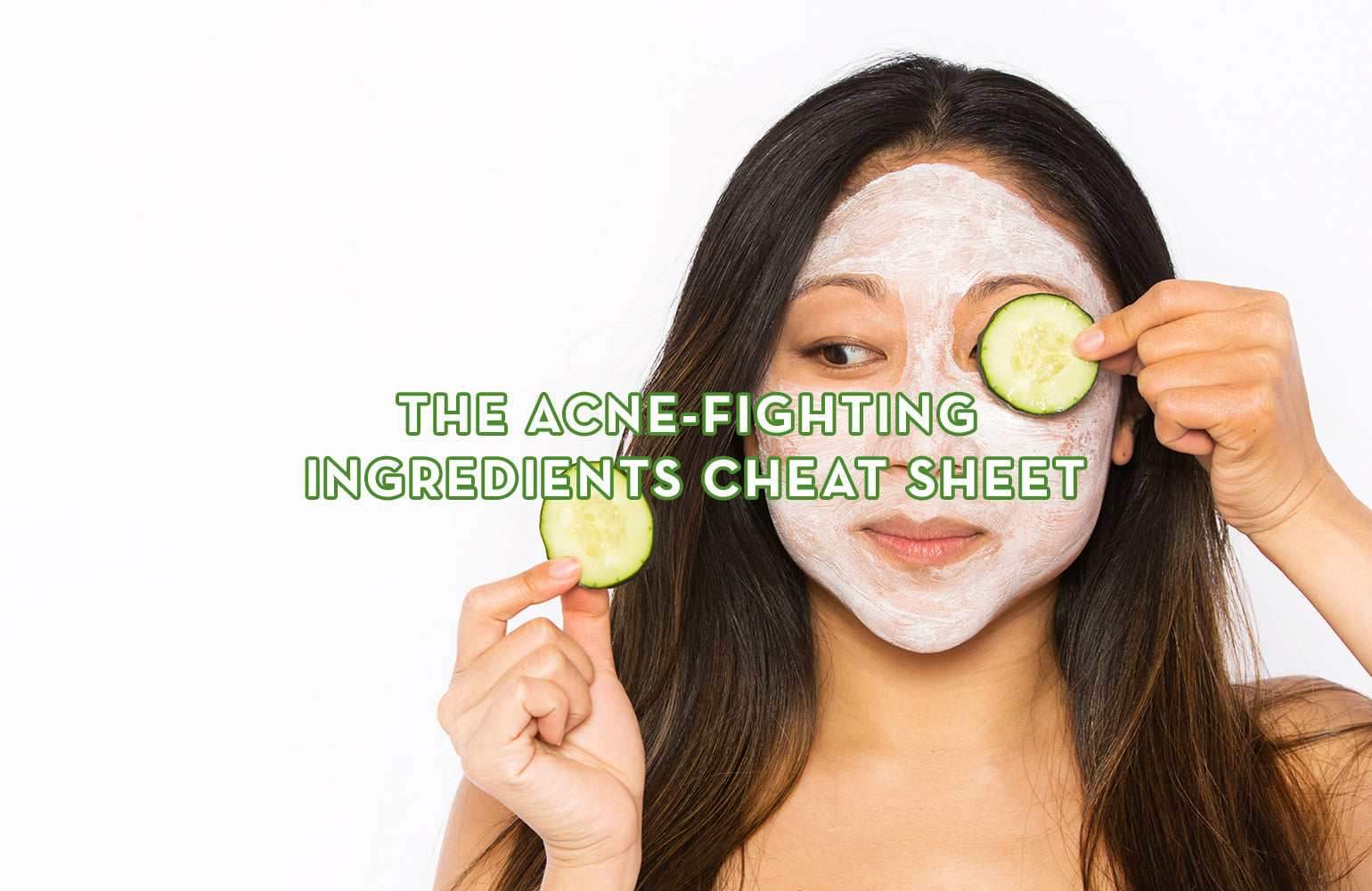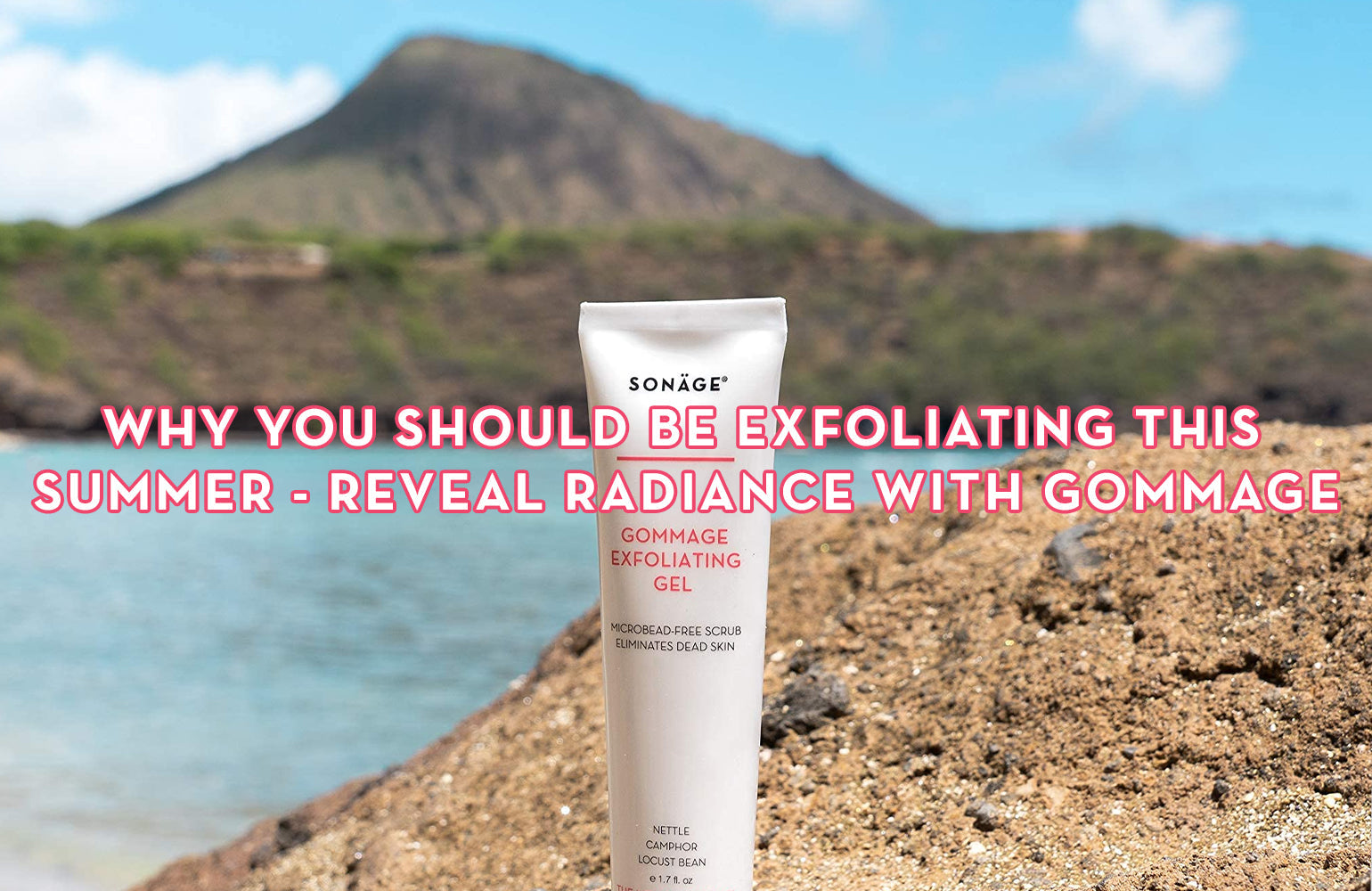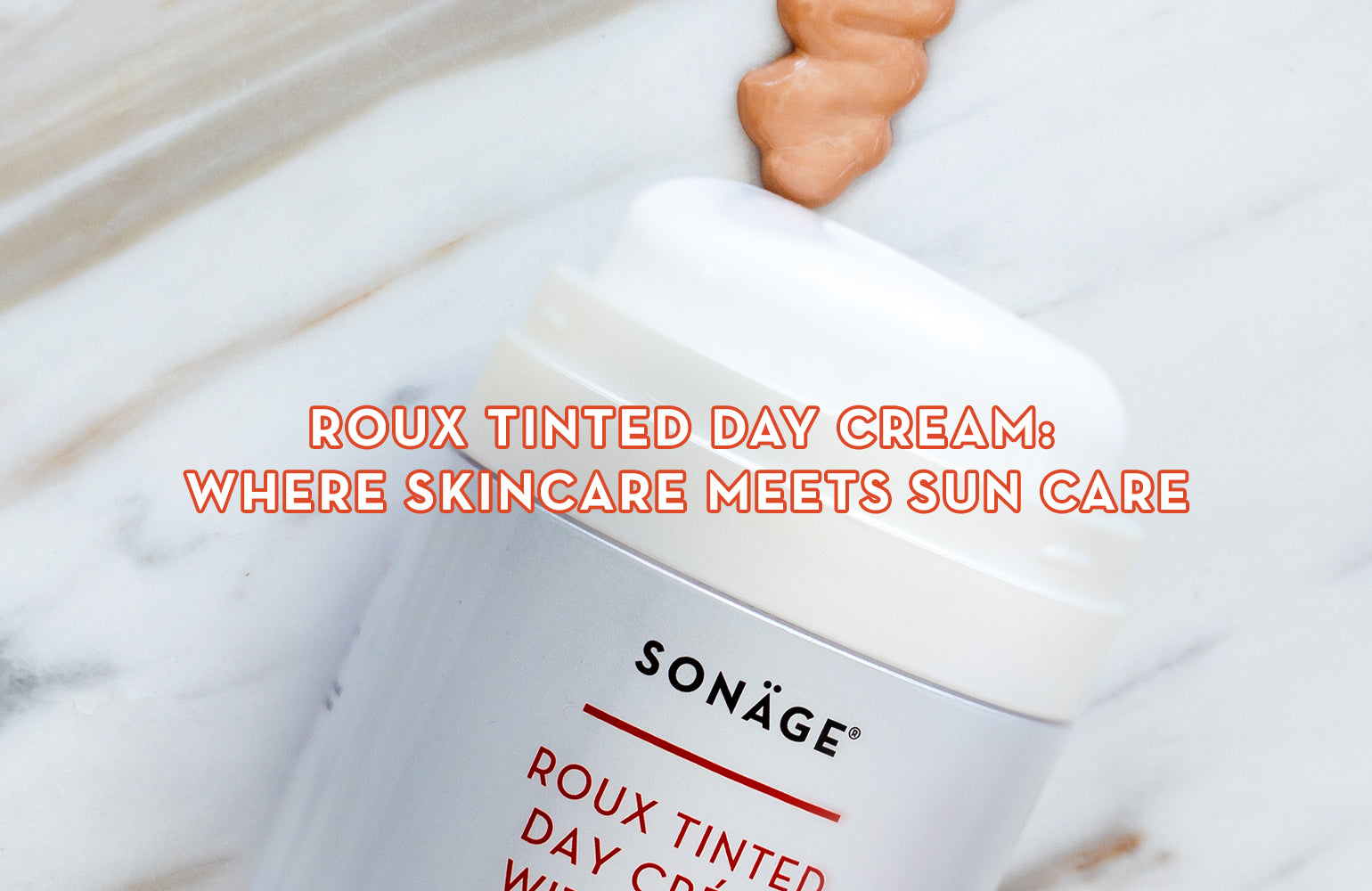
AT A GLANCE
-
WHAT IT IS
A simplified acne routine built around four powerful, skin-friendly ingredients. -
WHAT IT DOES
Targets breakouts, calms irritation, and hydrates without overwhelming your skin. -
Hero Products
Zitlox Spot Treatment, Opaleze Serum, Roux SPF 30, NMF Hyaluronic Acid Serum.
The Acne-Fighting Ingredients Cheat Sheet
The Only 4 Ingredients Your Acne Routine Needs
With a world of information at your fingertips you should be a skincare expert in theory, but in reality, too much information thrown at us often causes further confusion. There’s a multitude of ingredients out there, so let us simplify and clarify all that skincare jargon to make your skincare journey streamlined and efficient.
Acne comes with enough struggles without worrying about which ingredients are helping or hurting or what combinations keep your skin soothed and calm. Knowing your ingredients and what they do for you gives you a head start in your skin journey and figuring out what works for you and your skin type. First, to know what ingredients to add into your routine, figure out your skin type. Every skin is different so make sure you know what your skin needs. Similarly to how hunger cravings can tell you what nutrients your body is craving, your skin tells you what it needs.
Salicylic Acid
Salicylic acid is a BHA, or beta hydroxy acid, that unclogs the pores through chemical exfoliation. This active makes an excellent acne spot treatment. The only downside is that salicylic makes the skin more susceptible to sun damage, so only apply it in the evening and always follow up with sunscreen in the morning. Actives like salicylic acid should never be combined with AHA’s (alpha hydroxy acid) like glycolic acid, retinol products and benzoyl peroxide, as they will likely cause adverse reactions or irritation when used together on the skin. Active ingredients like vitamin c are generally safe to use in tandem with salicylic acid, however it may impact the vitamin c’s potency, rendering it less effective.
After cleansing and moisturizing, apply a small amount of Zitlox Salicylic Acid Acne Spot Treatment to the affected area(s). Only apply in the evening and always follow up with sunscreen application in the morning.
Niacinamide
You’ve most likely heard of niacinamide, but what is it, and what does it do? This versatile form of vitamin B3 is known for its many superpowers, like its ability to visibly improve the skin’s texture and tone while reducing sebum production. Niacinamide is also known to slow down the production of melanin and in turn the formation of dark spots and discoloration. This skin barrier supporting active has anti-inflammatory properties that help to reduce the appearance of redness or irritation, and boost collagen production. Niacinamide gets along with most other skincare actives, just look out for Vitamin C and any BHA’s or AHA’s, which includes salicylic acid and glycolic acid.
After washing face, Apply Opaleze Brightening Serum over dark spots three times a week to start. Gradually increase to up to twice per day and once the dark spots are diminished you can apply the serum all over the face and neck as an overall brightening serum avoiding eyes and lips. Limiting sun exposure and use of sunscreen is recommended during the day.
Zinc
Zinc is the bacteria fighting skincare ingredient you can find in many mineral sunscreens. Zinc is best known for shielding the skin from the wrath of UVA/UVB rays and even blue light. This ingredient tends to be safe and can be combined with most ingredients and skincare products. At Sonage we use non-nano size zinc oxide, which provides broad spectrum sun protection while being non-comedogenic and reef safe for clear skin and conscience.
Wash face with Soothing Cleansing Cream. Take a tablespoon amount of Roux Tinted Day Cream With SPF 30 or Protec Plus Mineral Sunscreen and gently pat all over face, neck, and décolleté.
Hyaluronic Acid
Hyaluronic acid is a molecule the body naturally produces that is known as a “water reservoir” due to its ability to hold, transport, and store up to 1,000 times its weight in water. What sets this humectant apart from its counterparts is its size, which allows it to easily penetrate the skin. Since HA (hyaluronic acid) is non-comedogenic and oil free, it is suitable for most skin types, and isn’t known to negatively interact with other ingredients or products. However, you should still perform a small patch test before applying or combining any products on your face.
Remove makeup and cleanse with Soothing Cleansing Cream. Pat NMF Hyaluronic Acid Serum onto damp face until absorbed. Seal it in with a hydrating moisturizer like A Plus Longevity Complex.








